CARING WITH FAMILY
|
| The level of affection a dog breed displays can vary widely, with some breeds forming deep bonds primarily with their primary caregiver whereas others exhibit a generous and warm disposition towards all familiar faces. Certain dogs may reserve their loyalty and affection exclusively for their owner maintaining a detached demeanor with others. |
LOVE WITH CHILDREN
Unwise
Good With Children
|
| A breed's compatibility with children often hinges on its tolerance and patience towards the energetic and unpredictable behavior that youngsters typically exhibit. While constant supervision is a must when dogs and children of any age congregate especially when the children are not accustomed to canine behavior some breeds are known for their exceptional family-friendly temperament and gentleness with kids. |
BEHAVIOR WITH DOGS
Unwise
Good With Other Dogs
|
| The propensity for friendliness towards other dogs can significantly vary among breeds. While direct supervision during canine interactions is always recommended, certain breeds naturally tend to exhibit more amiable behavior towards their fellow dogs, both within the household and when encountering them in public spaces. There are breeds that are more predisposed to social harmony and may integrate more seamlessly into multi-dog households or social gatherings at dog parks. |
SHEDDING LEVELS & MANAGEMENT
No Shedding
Hair Everywhere
|
| The amount of shedding you can anticipate from a dog breed is a critical aspect to consider, especially when it comes to grooming needs and household cleanliness. Breeds that are known to shed profusely will require a more dedicated grooming schedule typically involving frequent brushing to manage loose fur and reduce the amount of hair scattered around the home. |
COAT GROOMING STANDARDS
|
| Consider the commitment to grooming your pet entails, from the regularity of baths, brushings, trims, and other fur upkeep routines. Reflect on your own schedule, tolerance for grooming tasks and financial plan when evaluating the required grooming attention for various breeds. Don't forget consistent nail clipping is essential for all breeds. |
DROOLING INTENSITY
Less Likely to Drool
Always Have a Towel
|
| Consider the likelihood of a breed to drool excessively. If tidiness is your priority, choosing a dog known for leaving trails of drool on your arms or large damp patches on your attire might not align with your lifestyle. |
COAT STYLES GUIDE |
| Smooth |
| COAT SPECTRUM |
| Short |
FRIENDLINESS
Reserved
Everyone Is My Best Friend
|
| Evaluate the extent to which different breeds are receptive to newcomers. Some dogs might consistently show reserve or caution in the face of strangers in contrast to those breeds that are always elated at the prospect of meeting someone new. |
LIVELINESS
Only When You Want To Play
Non-Stop
|
| Consider the likelihood of a breed staying playful into adulthood. Various breeds maintain their love for interactive activities like tug-of-war or fetch well past their juvenile stage, whereas others are more content to simply unwind by your side on the couch. |
VIGILANCE INTENSITY
What's Mine Is Yours
Vigilant
|
| Reflect on the propensity of a breed to announce the presence of strangers. Such breeds are generally quick to sound the alarm at any perceived danger be it the arrival of the mailman or a squirrel scampering by the window. They're also inclined to accept strangers into the home once they notice their family doing so. |
ADAPTATION CAPACITY
Lives For Routine
Highly Adaptable
|
| Assess a breed's adaptability to change, which encompasses alterations in living environments, varying noise levels, shifts in climate, daily routines and other everyday fluctuations. |
OBEDIENCE LEVEL
Self-Willed
Eager to Please
|
| Consider the trainability and eagerness to learn of your prospective pet. Certain breeds are keen to please their owners and readily learn new skills while others show a preference for independence acting on their own whims. |
STAMINA LEVEL
|
| Take into account the level of physical activity and mental engagement a breed requires. Those breeds bursting with energy are always primed for action happy to spend their days engaged in vigorous exercise. On the other side of the spectrum the more sedentary breeds find joy in lounging and dozing off for most of the day. |
VOCALIZATION
|
| Likes To Be Vocal |
LEARNING CURIOSITY LEVEL
Happy to Lounge
Needs a Job or Activity
|
| Contemplate the level of mental stimulation a breed requires for well-being and satisfaction. Dogs bred for specific roles may need to engage in activities involving choice, analysis, focus and other cognitive skills. Without sufficient mental exercise they may take on self-assigned tasks which might not align with your idea of a good time. |
| COLORS |
|
Description
|
Registration Code
|
|
White & Black
|
202
|
|
White & Tan
|
217
|
|
White Black & Tan
|
219
|
|
White, Chocolate & Tan
|
397
|
|
White & Chocolate
|
287
|
|
| PATTERNS | . |



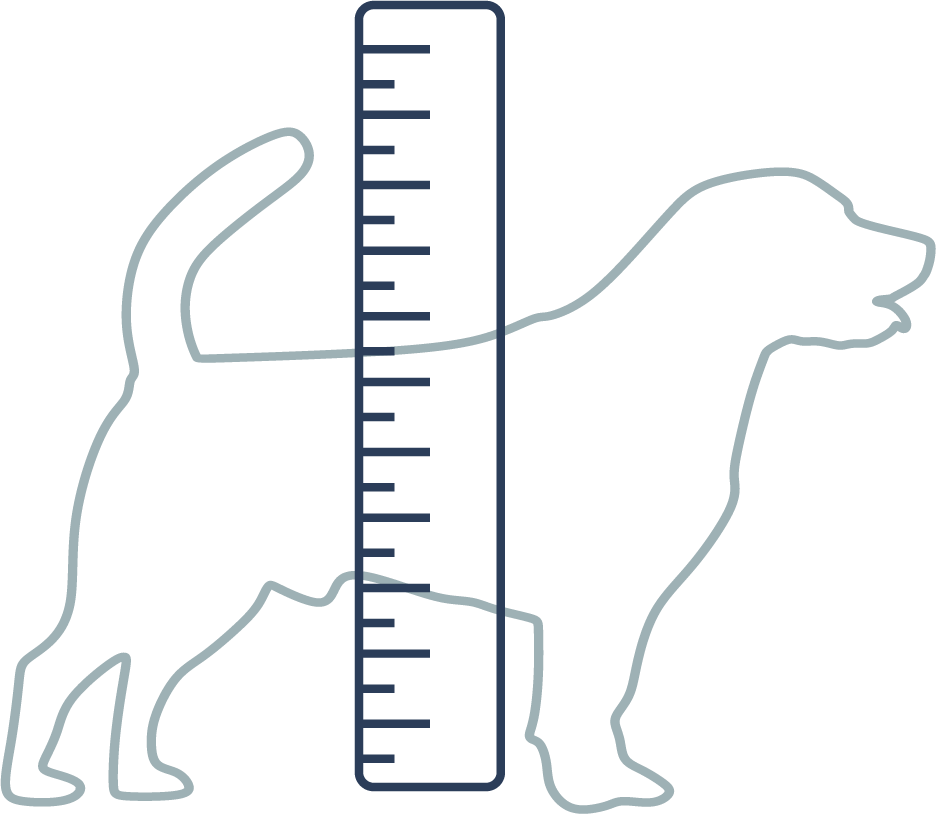
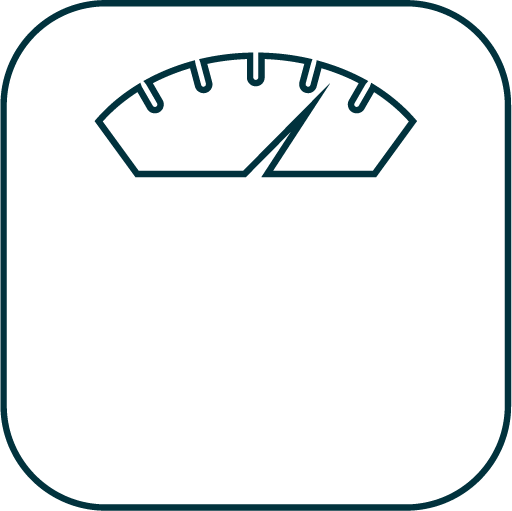

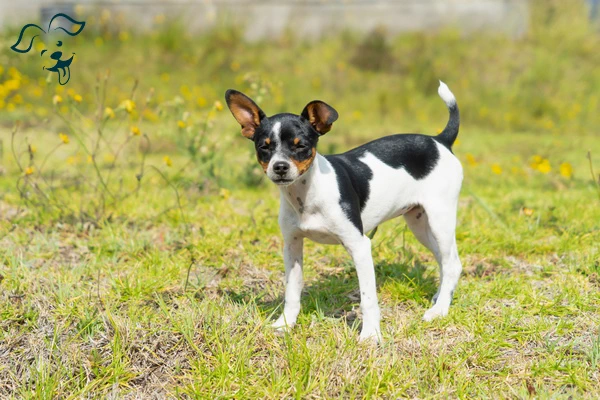
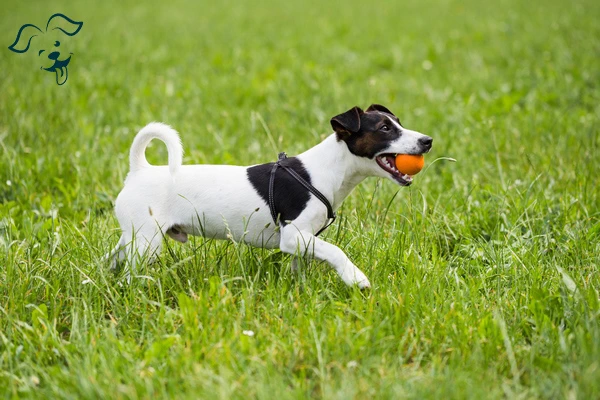
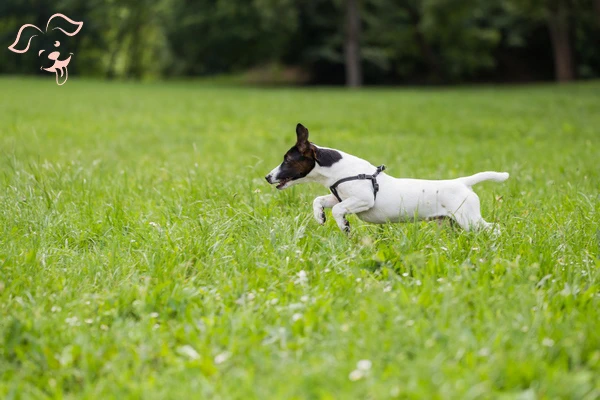
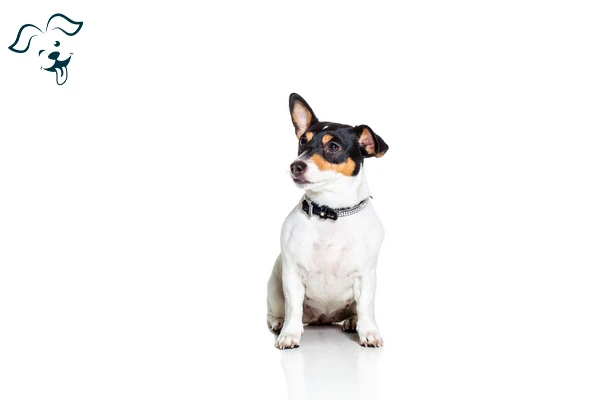




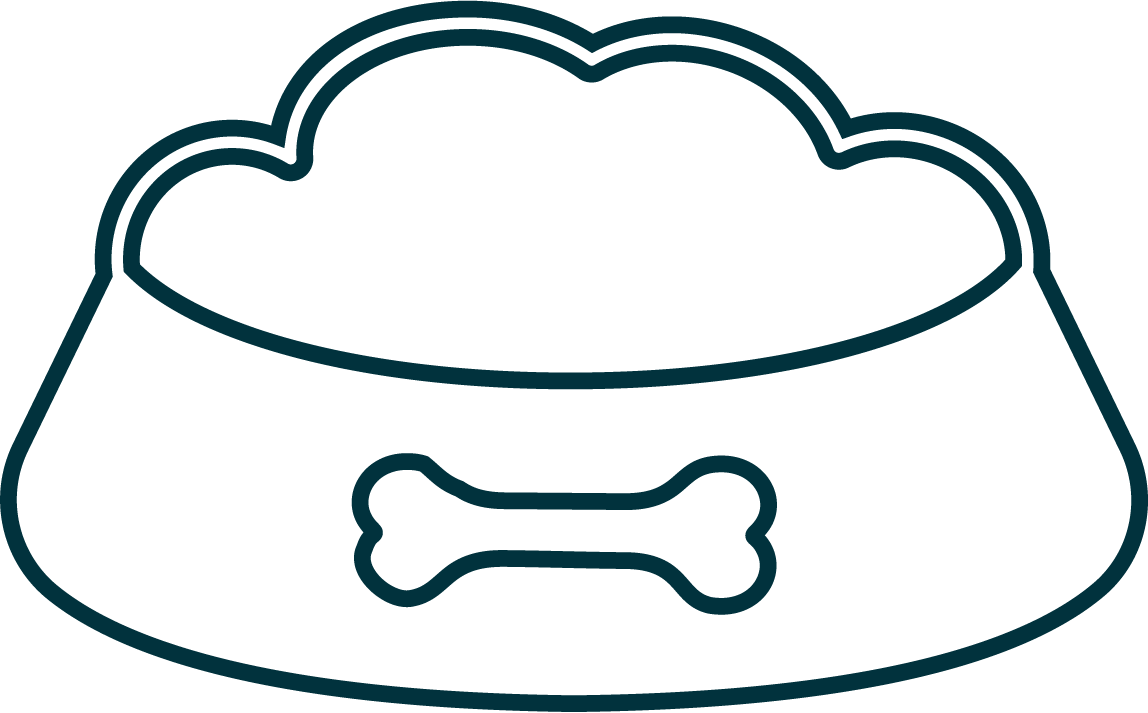

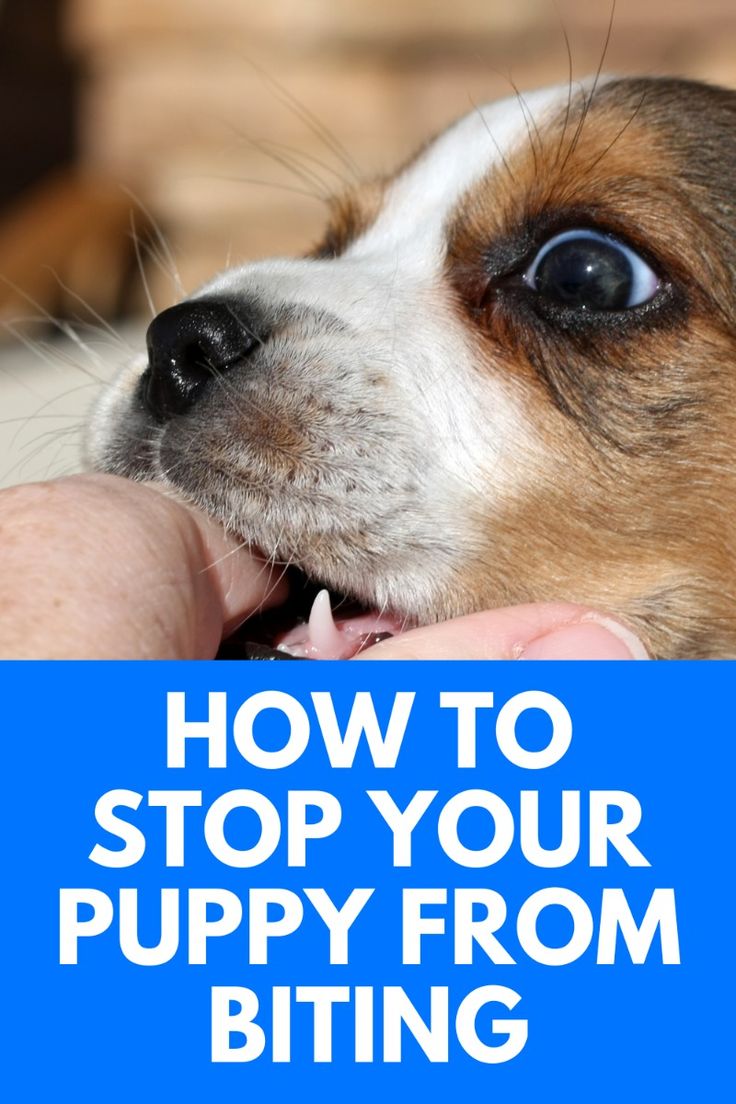


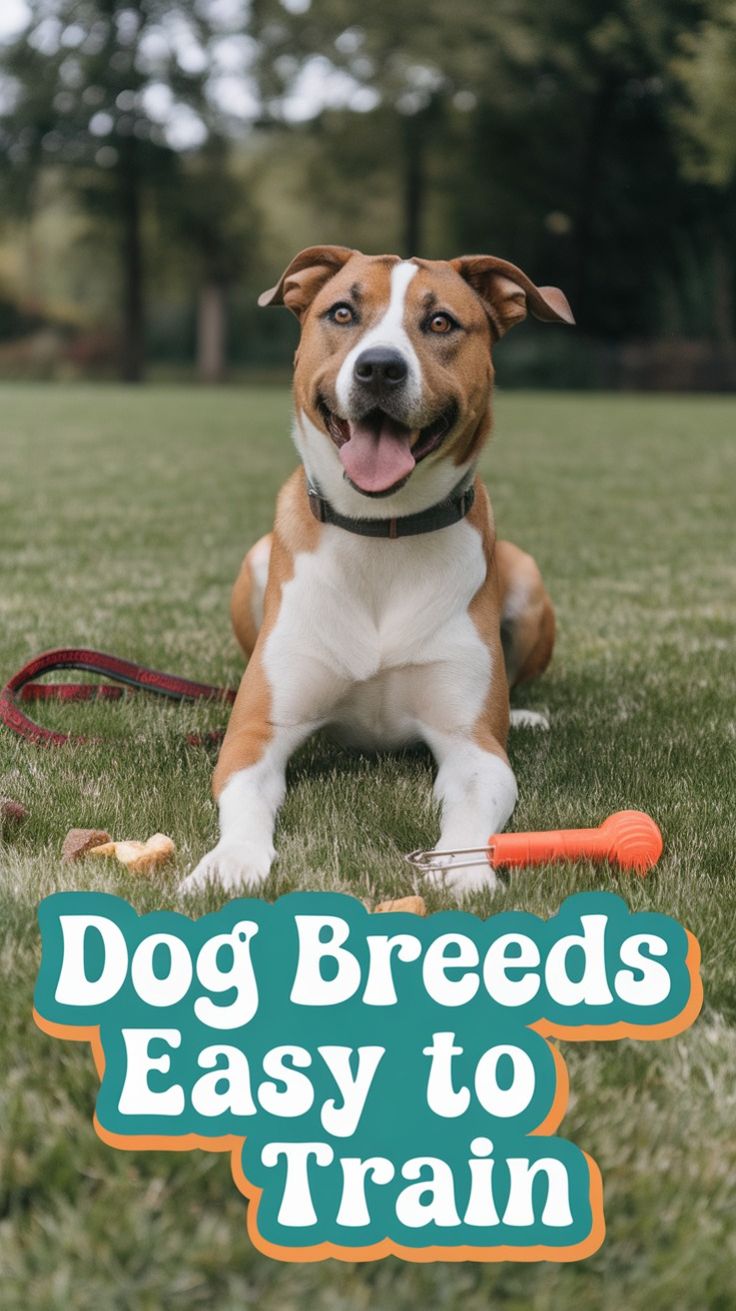
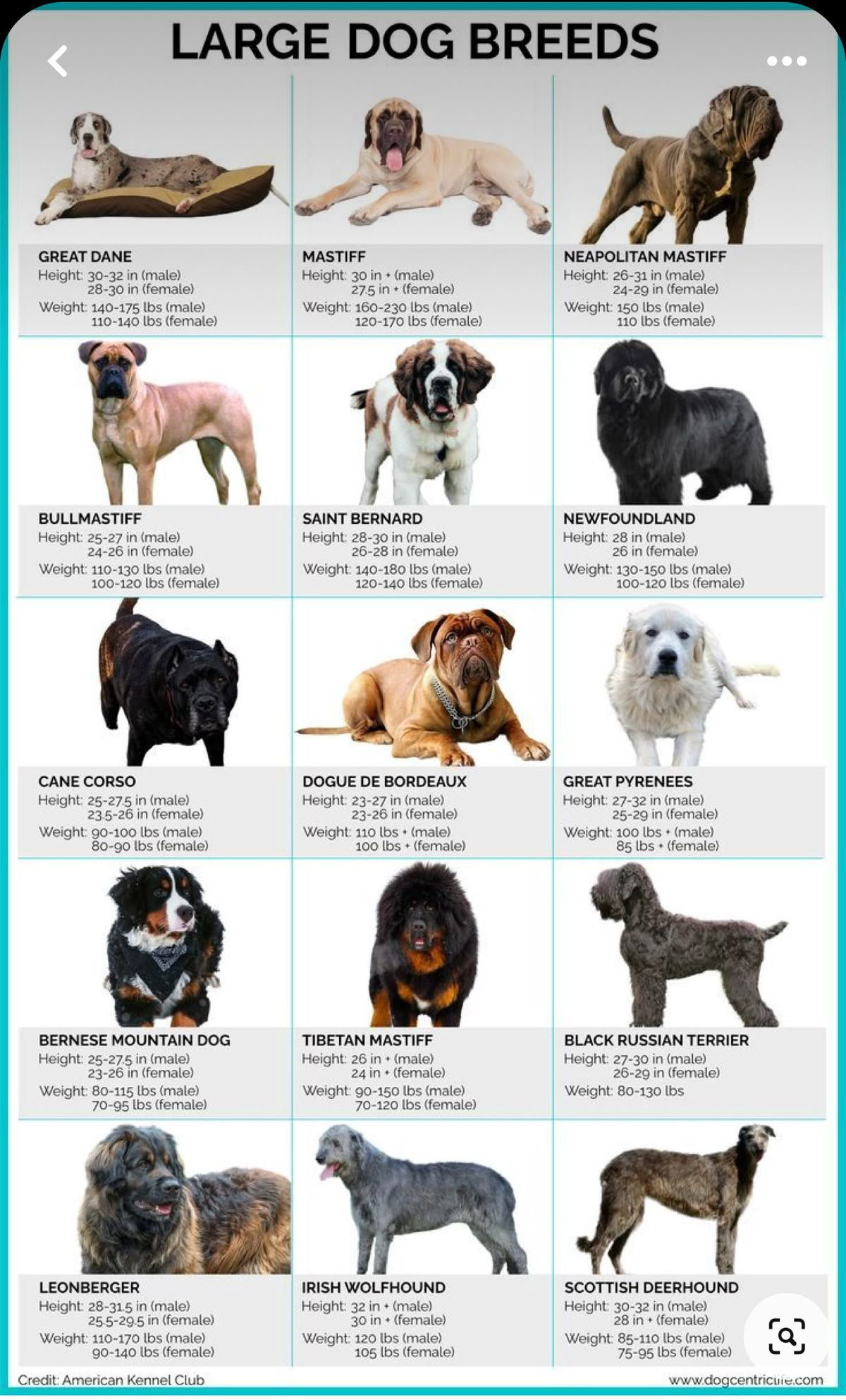

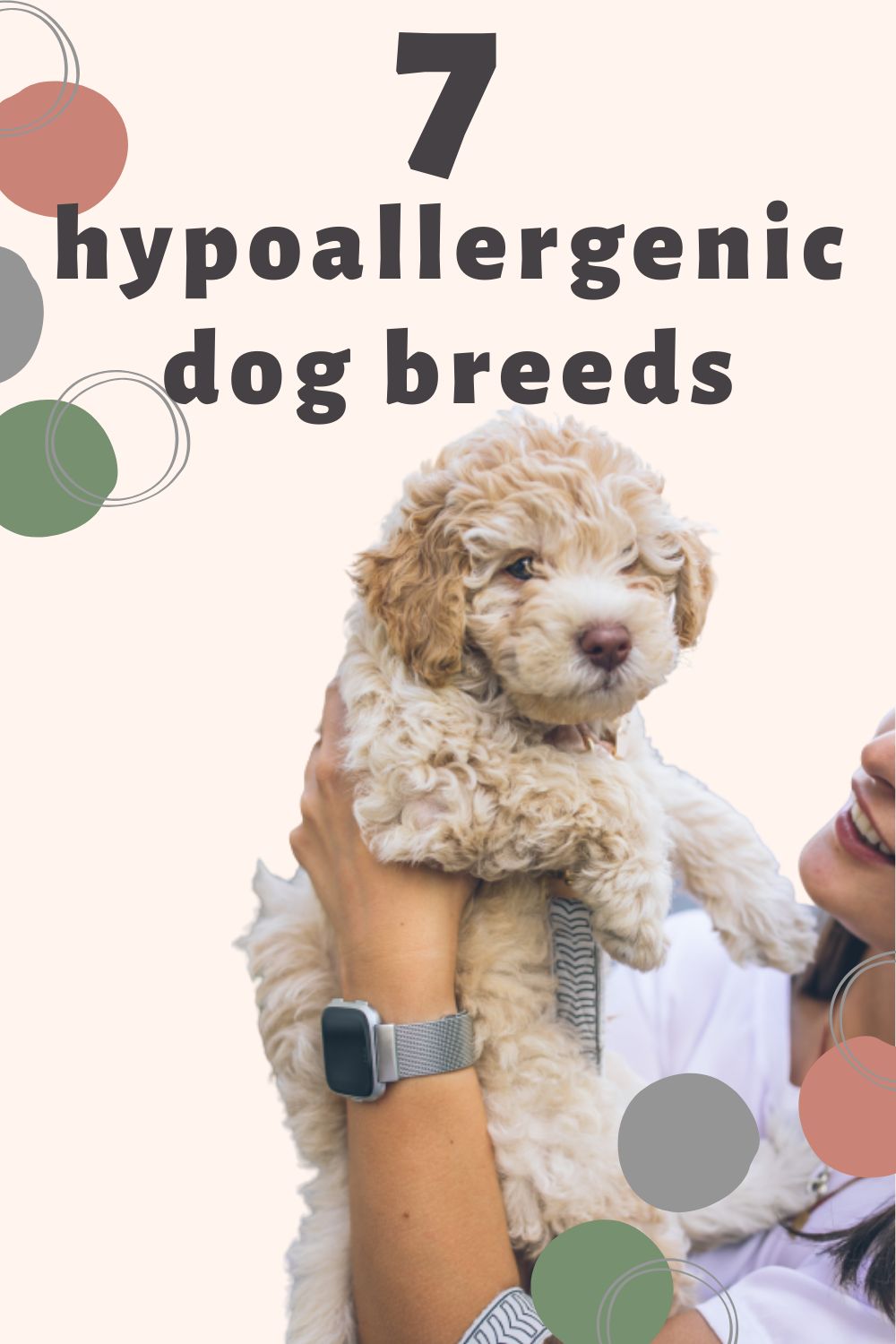
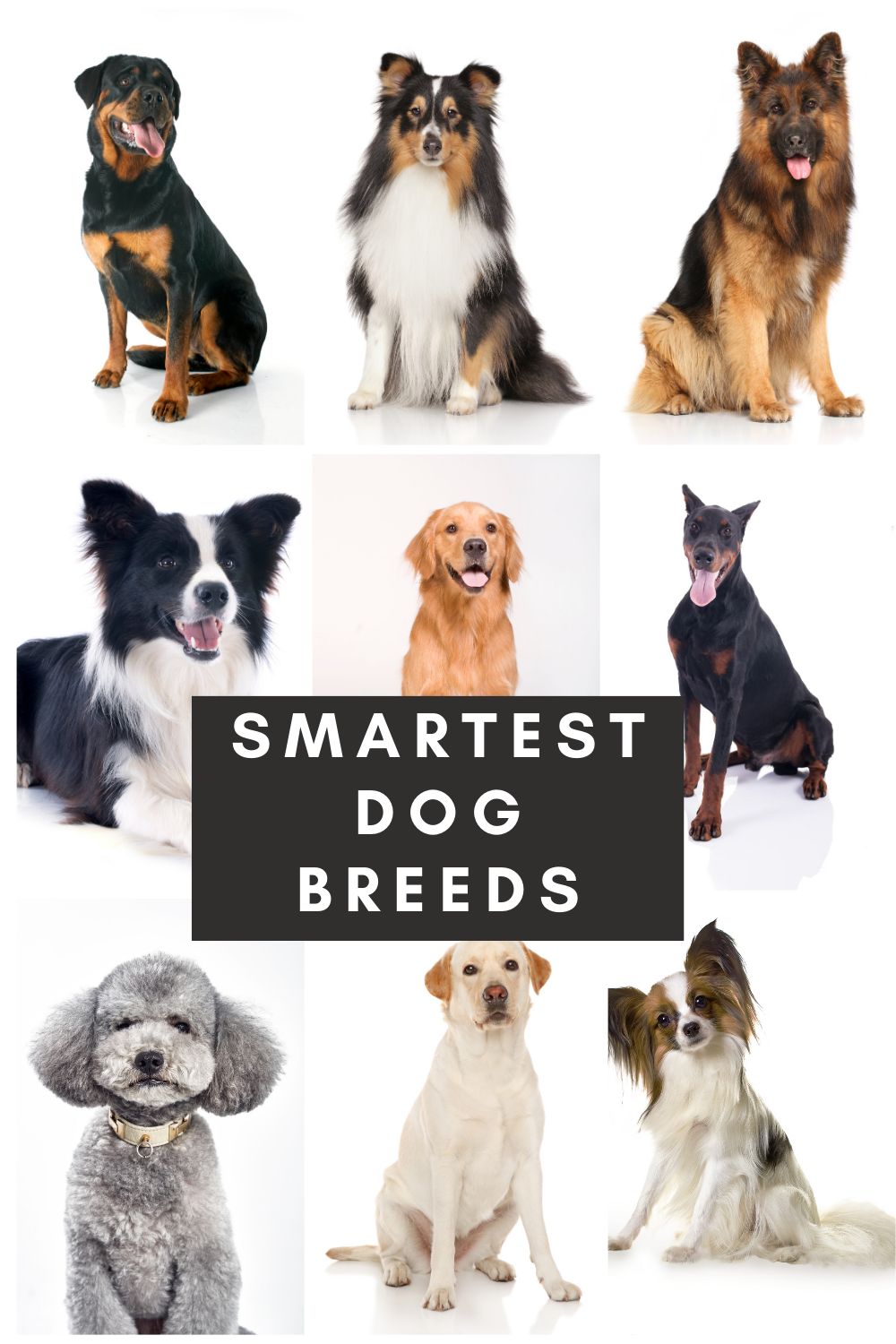



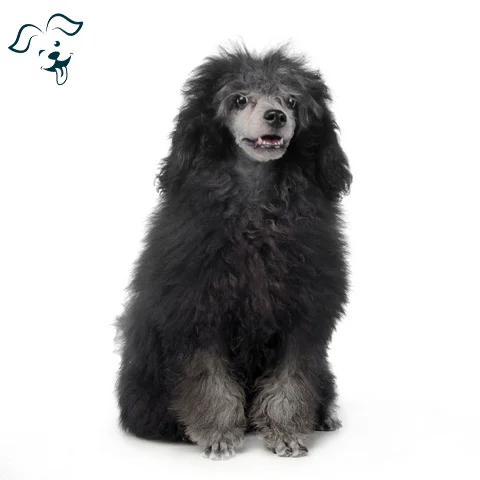

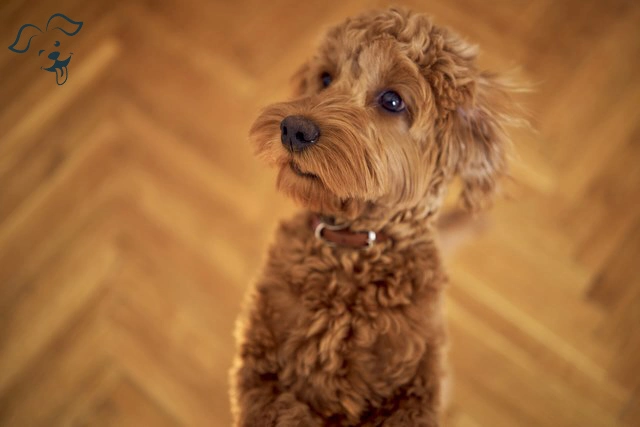
FRIENDLINESS
LIVELINESS
VIGILANCE INTENSITY
ADAPTATION CAPACITY